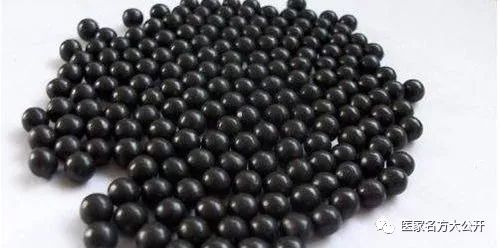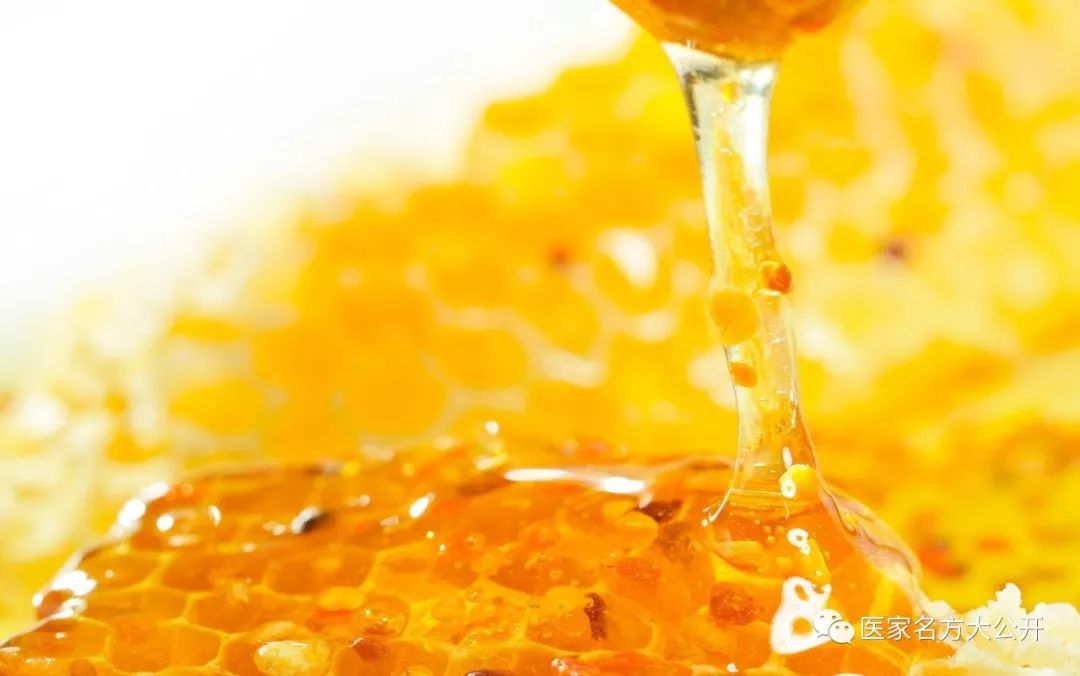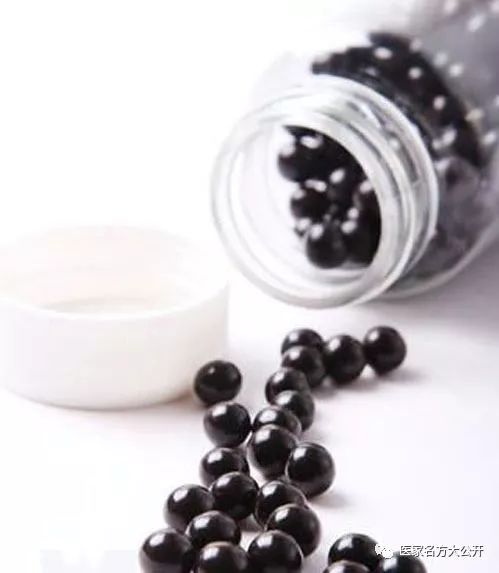

Honey pills (蜜丸) are spherical medicinal preparations made by mixing powdered Chinese herbs with honey as a binding agent. Honey pills are one of the commonly used forms of traditional Chinese medicine, characterized by their slow disintegration and gradual effects. The honey used as a binder constitutes a significant proportion of the final product, and it has the effect of moistening the intestines and lungs, nourishing deficiencies. Therefore, honey pills are often used for tonics, cough suppressants, and laxatives, particularly suitable for patients with chronic illnesses and deficiencies.
So how are they made? Today, I will provide a brief introduction to the production of honey pills…

01
Grinding, different herbs are ground into powder as needed.
02
Refining honey, honey must be refined before use. Refining can kill microorganisms in the honey, remove moisture and impurities, and increase viscosity, making the prepared pills soft and not prone to mold, allowing for long-term storage. High-quality honey that is thick, sweet, low in moisture, and free of impurities should be placed in a copper pot, aluminum pot, enamel pot, or clay pot and heated over a fire. Initially, heat with a strong flame until boiling, then switch to a low flame for slow simmering. During the refining process, one must not leave it unattended; continuously stir with a wooden, copper, or aluminum spoon, skimming off foam and impurities to prevent overflow. When the desired consistency is reached, quickly remove from heat and filter using a copper or stainless steel sieve. The refining temperature must be strictly controlled; generally, in summer, it should be more mature, while in winter, it should be less mature. There are three types of refined honey: tender honey, medium honey, and old honey. Tender honey is refined until the color slightly darkens, with a sticky texture that does not form threads, at a temperature of about 105-115°C. It is suitable for formulas containing fats, mucilage, and sugars. Medium honey is refined until red, shiny bubbles appear in the pot, and it is sticky and can form short yellow threads when pinched, at a temperature of about 116-118°C. It is suitable for formulas with more fibers or those containing minerals and shells. Old honey is refined until brown-red bubbles appear, it is very sticky when stirred, can form long white threads, and floats in water when dropped, tasting sticky. The temperature is about 119-122°C. It is suitable for formulas containing a large amount of fibers, minerals, and shells.

03
Mixing, the refined honey is added to the pre-ground herb powder in a rough ratio of 1:1 in summer and 1:1.5 in winter, using a smooth bamboo or wooden stick to mix evenly, kneading like dough to form a dough ball. After kneading, cover with a clean, damp towel or cloth and let it rest for a while. The proportion of honey can be adjusted based on the specific situation. For herb powders that are more fibrous and loose, more honey is advisable, while for those rich in resin, mucilage, sugars, and fats, less honey is recommended, but the adjustment should not exceed one-tenth of the aforementioned ratios. Specific operations can be adjusted based on personal experience.
04
Forming pills, there are many methods for pill formation, including machine-made pills, rolling boards, pill molds, and hand-rolled pills. Here, I will introduce the simplest hand-rolling method and the mold method. Hand-rolling does not require tools and is the simplest, suitable for small batches. The method is to weigh the herb dough using a scale, dividing it into small portions according to the required dosage, such as 6 grams, 9 grams, 12 grams, etc. After dividing, roll each portion into a smooth, round shape by hand. The mold method requires pre-manufactured molds, traditionally made of wood or bamboo. I have tried modifying a 20 ml disposable syringe for convenience. Take a new 20 ml syringe and cut off the bottom of the barrel. Fill the syringe with the corresponding weight of herb dough, press the plunger down firmly on the table to compact the dough inside, then remove the syringe to extrude the dough, measuring the height of the dough. Cut off one side of the plunger wing at the same height, cutting only halfway; cutting all the way makes it easy to break. Then cut off the corresponding side. Fill the syringe with the dough, insert the plunger, and compact it, then use a 12-gauge needle to pierce through the plunger’s notch, pushing it firmly against the top edge of the plunger, and do the same on the opposite side to secure the plunger at this height. Then carefully bend the needle with hemostatic forceps to prevent the tip from injuring someone. This mold is now ready. Each time you fill the syringe, gently push, and a small pill is formed, which can be rolled into a round shape by hand. This method reduces the hassle of weighing each time and increases speed. Once skilled, the error will not exceed 0.5 grams. If using a rolling board, it is necessary to divide the dough first, then roll it into strips before forming pills, or use a pill strip machine. When using a rolling board, it is also necessary to lubricate with pill oil to prevent sticking. Pill oil is usually made from edible vegetable oil, preferably sesame oil, adding 90 to 120 grams per pound (generally 120g in summer and 90g in winter) of clean beeswax, heating until melted and mixed.
05
Coating, honey pills are generally coated with vermilion powder or ochre powder, and there are also methods for coating with realgar or Poria (茯苓) powder. The method is to grind the coating powder very finely and dry it for later use. After the pills are made, place them in a porcelain or enamel basin or a water pill jar, rolling the pills until the surface is smooth and shiny, then sprinkle the coating powder and roll the pills until the powder adheres evenly to the surface. This process should be repeated three times. Do not roll for too long, or the coating will be too thick, increasing the amount of powder used. After coating, do not roll for too long, or the powder will penetrate inside, making it unsightly. The amount used is approximately 9-12 grams of coating powder per pound of pills.

06
Packaging, the coated pills should be slightly dried in the sun or dried with an infrared lamp, then individually wrapped in wax paper and stored in a cool, dry place. This completes the process.




